How to Use London River Buses and Ferries, Getting around London Guide

London’s river transport offers a unique perspective on the city, combining efficient travel with stunning views along the Thames. The river services, including river buses and ferries, operate as practical alternatives to the Tube and buses, particularly for those who live or work near the river. Managed mainly by Uber Boat by Thames Clippers in collaboration with Transport for London (TfL), these services connect major riverside locations such as London Bridge, Westminster, and Greenwich. For those also looking to navigate London using other forms of public transport, be sure to check out our guide on How to Use London Overground, which complements river travel and helps you make the most of getting around the city. With modern, spacious vessels, the river transport system is a convenient option for those looking to commute in a more relaxed environment, away from the hustle and bustle of central London’s roads and trains.
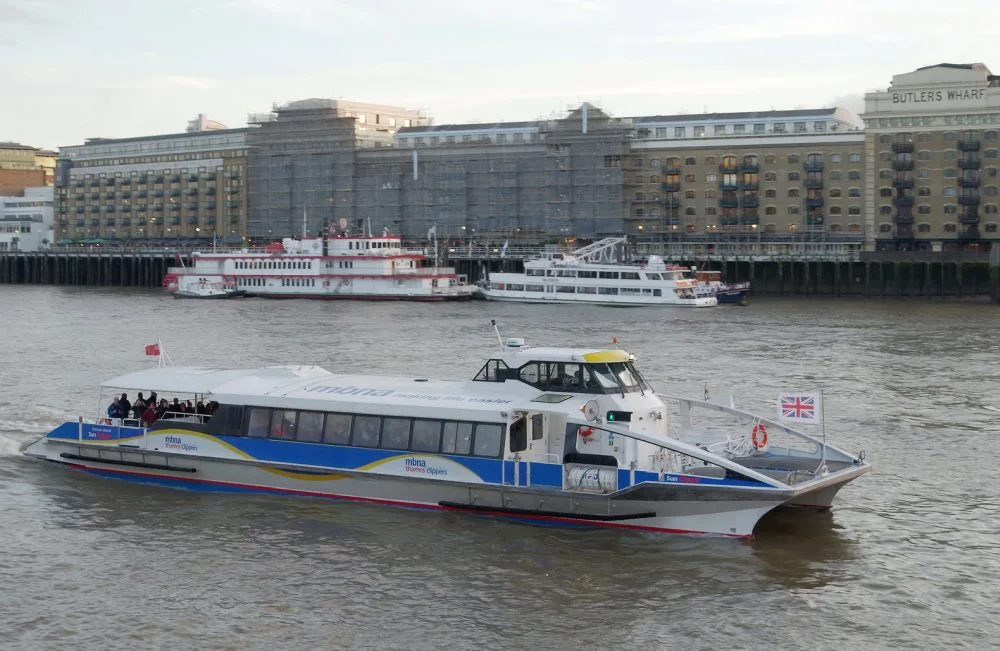
Overview of River Buses and Ferries
London river buses operate like regular TfL services with designated stops, schedules, and routes, allowing passengers to commute easily between riverside destinations. While river buses focus on commuting and regular travel, ferries, such as the Woolwich Ferry, primarily serve as cross-river connections that are free for pedestrians, cyclists, and motorists. This service is especially useful for residents of East London who need quick access across the river. Unlike sightseeing cruises, which are geared towards tourists, river buses and ferries are commuter-focused and are designed to facilitate practical, everyday transport along the river.
Differences Between River Buses, Ferries, and River Tours
Although all three services operate along the Thames, their purposes and operations differ. River buses and ferries are part of London’s public transport network, with river buses running on fixed routes similar to buses or trains. River tours, on the other hand, are specifically designed for sightseeing, offering narrated cruises past iconic landmarks like Tower Bridge and the Houses of Parliament. For daily commuters, river buses are more practical as they provide scheduled services during peak hours. Meanwhile, ferries like the Woolwich Ferry cater to those needing fast, direct transport across the river, without the need for sightseeing stops.

When choosing between a river bus, ferry, or river tour, it’s important to consider not only your purpose but also the timing. River buses are a great option for commuters needing to beat road traffic during rush hours, but they can be crowded, especially on weekdays. Ferries, while less frequent, offer a direct and often faster route across the river, ideal for those in a hurry. For tourists, river tours are the most leisurely option, providing the added value of live commentary and scenic routes. To save time and money, check if any combined tickets are available for river buses and sightseeing tours, as these can often be more cost-effective for tourists looking to explore the city.
Key River Bus Routes and Destinations
River buses run multiple routes along the Thames, extending from Putney in the west to Woolwich in the east. These routes cover a range of stops that connect residential areas to business districts and popular attractions, making river buses ideal for both commuters and leisure travelers.

Overview of Main Routes (Putney to Woolwich)
The most prominent route, RB1, travels from Putney to Woolwich, making key stops at places like Battersea Power Station, Blackfriars, London Bridge, and North Greenwich, which is close to The O2 arena. This route is particularly advantageous for those commuting to Canary Wharf, as it provides a direct, scenic alternative to the Tube. Other routes, such as the RB6, link Blackfriars with Canary Wharf, offering flexibility for those commuting to East London. These river bus routes are scheduled to provide frequent service during peak hours, ensuring a steady flow of transport for daily commuters.
Popular Stops and Nearby Attractions
The river bus routes offer direct access to some of London’s most vibrant areas and attractions.
- Battersea Power Station: This redeveloped area has become a destination for shopping, dining, and entertainment, complete with scenic riverside views and parks.
- London Eye (Waterloo): Located on the South Bank, this stop is perfect for reaching cultural hotspots like the London Eye, the Southbank Centre, and a variety of theatres and restaurants.
- Greenwich: Known for its maritime heritage, Greenwich is home to the Cutty Sark, the National Maritime Museum, and the historic Greenwich Market, making it a popular stop for weekend outings and tourists alike.
- North Greenwich: Adjacent to The O2, this stop offers access to entertainment, dining, and a range of events, providing a lively experience for residents and visitors.
Using the Woolwich Ferry Service
The Woolwich Ferry offers a free service between North and South London, with crossings approximately every 10-15 minutes, providing a fast, scenic way to move between Woolwich and North Woolwich. This ferry is particularly convenient for those who prefer not to drive through the Blackwall or Rotherhithe Tunnels. It is open to vehicles, cyclists, and pedestrians, making it a versatile option for all types of travelers. The service is well-suited for residents commuting to nearby areas or for those who want a quick, enjoyable trip across the river without incurring any cost.
Fares, Zones, and Ticketing Options
River bus fares are integrated with TfL’s system, making payment methods familiar to regular commuters. Here’s a breakdown of how to pay and save money on river transport:
Accepted Payment Methods: Oyster, Contactless, and App Payments
River bus rides can be paid for using an Oyster card, contactless bank card, or mobile wallets like Apple Pay and Google Pay, allowing passengers to take advantage of daily fare capping across TfL services. Additionally, the Uber Boat by Thames Clippers app offers ticket purchasing options, which simplifies boarding and provides access to promotions and discounts. This integration with other TfL payment methods makes river transport a seamless part of your overall London commuting experience.
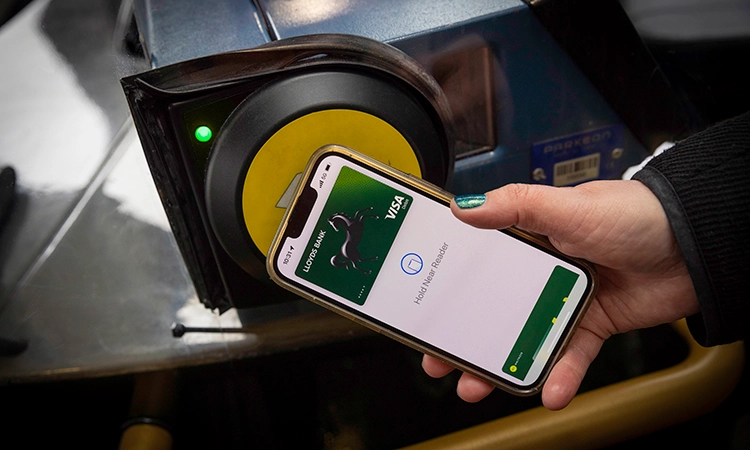
Fare Zones and Price Variations
The river bus network is divided into fare zones that determine the cost based on the number of zones traveled through, similar to the Tube. Single and return tickets, as well as unlimited day passes, are available, allowing flexibility based on the passenger’s journey needs. Fares vary depending on the zones, with certain routes offering reduced fares during off-peak hours, making it a practical option for those who work non-standard hours or for leisure travelers.
Discounts and Pass Options (River Roamer, Concessions)
The River Roamer ticket offers unlimited river travel for a full day, ideal for those planning multiple stops. Discounts are available for children, seniors, and disabled passengers, providing affordable options for various travelers. Frequent commuters can also benefit from season passes and other promotional offers available through the Uber Boat app, making river transport even more cost-effective.
Accessibility Features on London River Services
River buses and ferries are equipped with a range of accessibility features to ensure that all passengers can travel comfortably along the Thames.
Wheelchair Access and Step-Free Facilities at Piers
Most piers along the river bus routes are fitted with ramps and step-free access to facilitate easy boarding for wheelchair users, parents with strollers, and passengers with reduced mobility. The major piers also feature accessible waiting areas, clearly marked pathways, and on-site staff available to assist passengers as needed, making it convenient and safe for all to use river services.
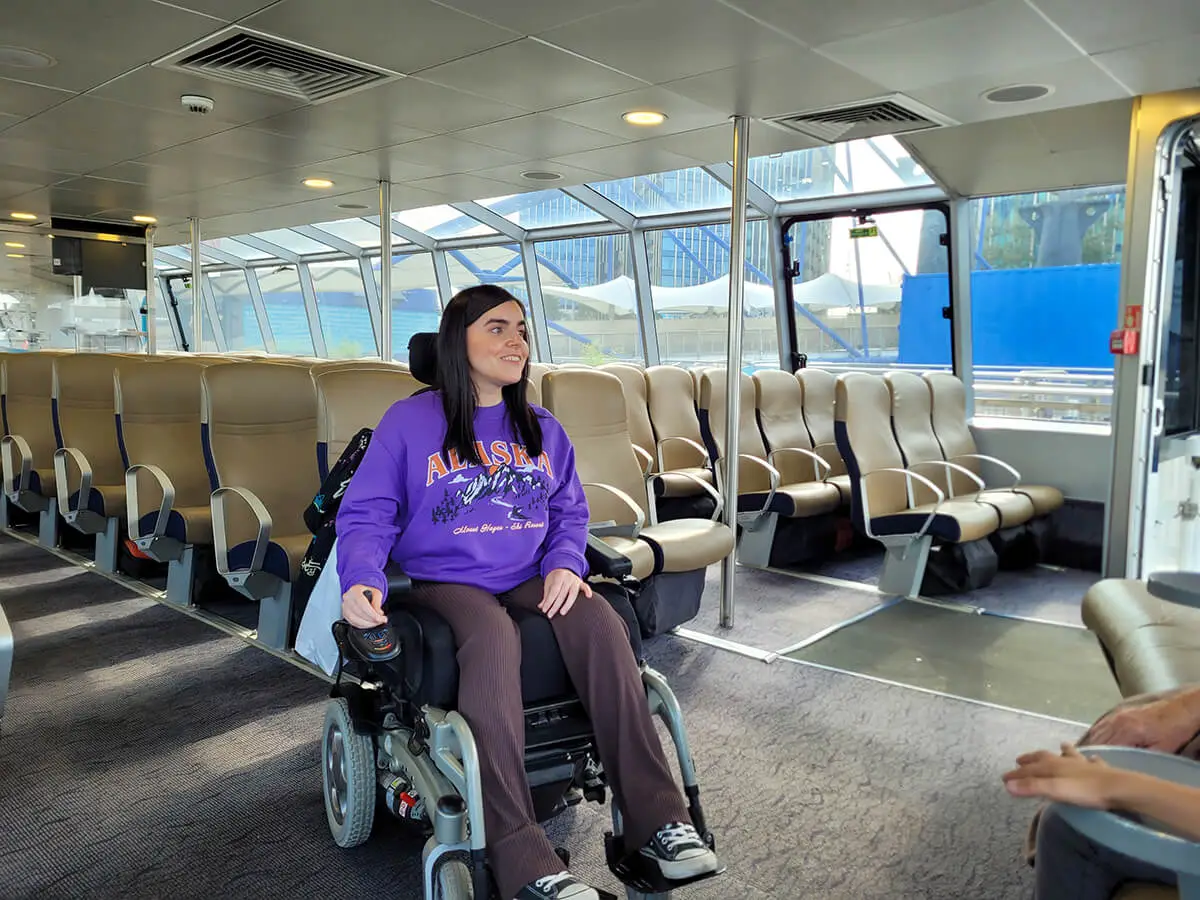
Accessible Boats and Boarding Assistance
All river boats have designated wheelchair spaces and accessible restrooms. The vessels are designed to be inclusive, and the staff is trained to assist with boarding and disembarking. Whether you need help with a wheelchair or other mobility aids, the onboard team ensures a comfortable experience for all passengers, reinforcing the commitment to inclusivity across London’s transport network.
Digital Tools and Apps for Planning River Journeys
Using digital tools enhances your experience by providing real-time updates, route planning, and ticketing convenience, which simplifies travel on London’s river services.
Uber Boat by Thames Clippers App for Real-Time Updates
The Uber Boat app is a comprehensive tool for those using the river buses regularly. It provides live departure times, ticket purchasing options, and alerts for any service disruptions. The app also includes a map of all routes and stops, which helps users track boat locations and plan trips efficiently, avoiding long waits and optimizing travel time along the river.
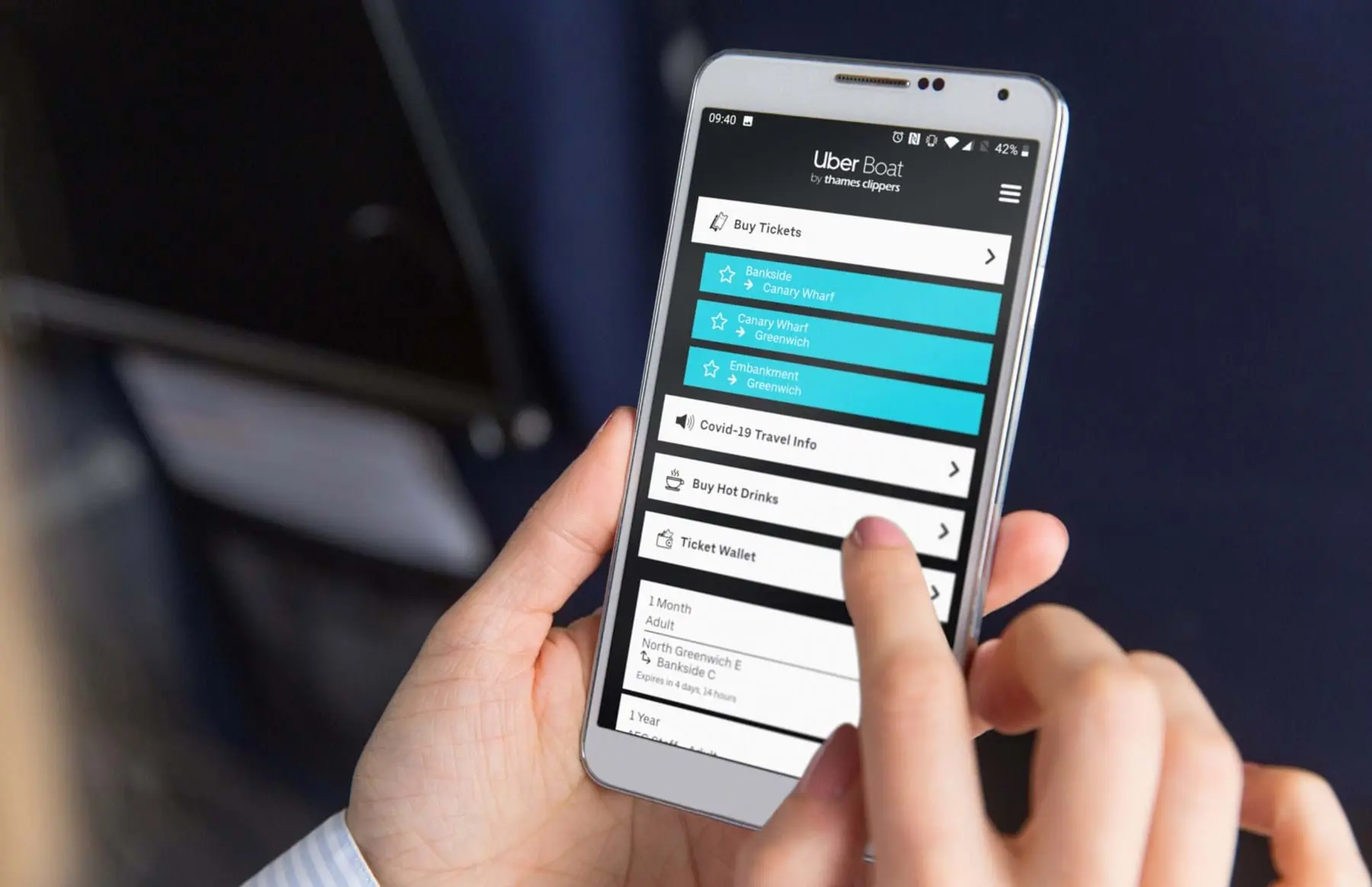
TfL Go and Citymapper for Route Planning
TfL Go and Citymapper integrate river services into their route planning, enabling passengers to plan multi-modal journeys that include the Tube, buses, and Overground. These apps offer real-time updates, including estimated arrival times and delay alerts, which are particularly useful during peak commuting hours. For residents looking to combine different TfL services, these tools simplify route planning and ensure a smooth travel experience.
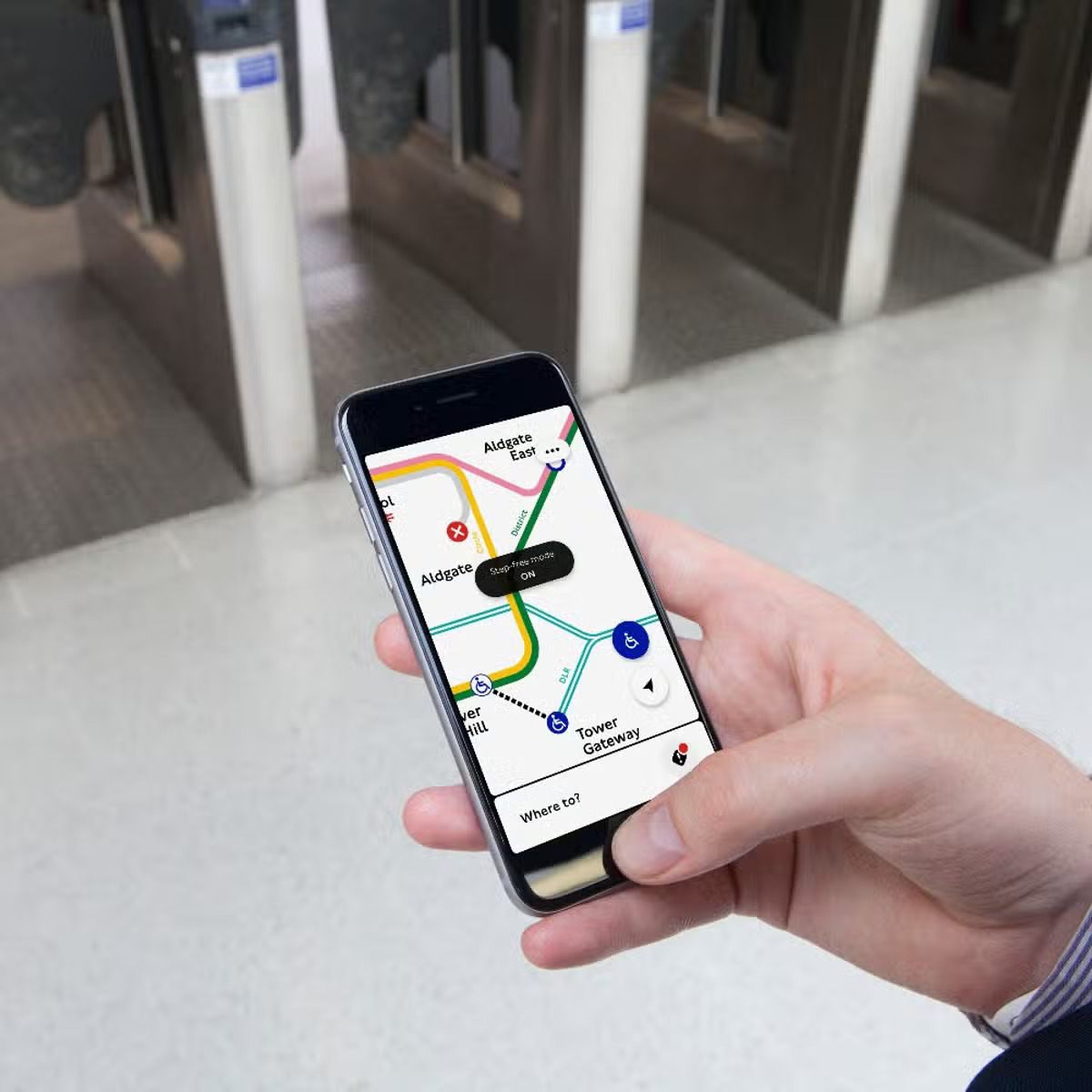
Practical Tips for Using River Buses and Ferries
For the best experience on London’s river services, consider these practical tips:
Peak Times and Optimal Travel Tips
River buses tend to be busiest during morning and evening rush hours (7:30-9:30 a.m. and 5-7 p.m.). If possible, plan your travel outside these times for a more relaxed journey. River buses are also less crowded on weekends, making mornings an ideal time for a leisurely ride along the Thames. During peak tourist seasons, opting for early or late departures can help avoid crowds and ensure a smoother trip.
Safety Considerations and Onboard Etiquette
For safety, always follow crew instructions, secure personal belongings, and be aware of others. During busy periods, be prepared to stand, as seating may be limited. It’s courteous to offer priority seating to those who may need it more. Keep conversations at a reasonable volume and avoid blocking passageways, which ensures a comfortable experience for everyone onboard.
Bike and Pet Policies on River Services
Most river buses allow bicycles, making them a convenient choice for cyclists who need to travel across the city. However, restrictions may apply during peak hours, so it’s a good idea to check in advance. Pets are generally welcome on board, but they must be leashed and under control. Ensure your pet is comfortable with the water journey, as the boat’s movement can be unfamiliar to some animals.
Conclusion
London’s river buses and ferries offer a practical and scenic way to get around the city, making them a popular choice for commuters and leisure travelers alike. With various ticketing options, accessibility features, and digital tools for planning, river transport provides a unique alternative to the usual London commute. By using apps like the Uber Boat app, TfL Go, and Citymapper, you can stay informed and plan a seamless journey along the Thames, whether you’re commuting to work or exploring the city’s iconic riverside landmarks.


